This is an ode to the surly children. Those kids whose moods are more often than not, negative. These are the dour children who want to be happy, but don’t want others to want them to be happy. They want to have friends and be loved, as long as it’s on their terms. Picture a pint sized Louis Black, albeit with fewer words and absolutely OK for children and you’ve an idea of the main character in Nobody Hugs A Cactus. Hank is the cactus who behaves like the prickliest human you’ve ever met-and believe me, you’ve met people like him before.
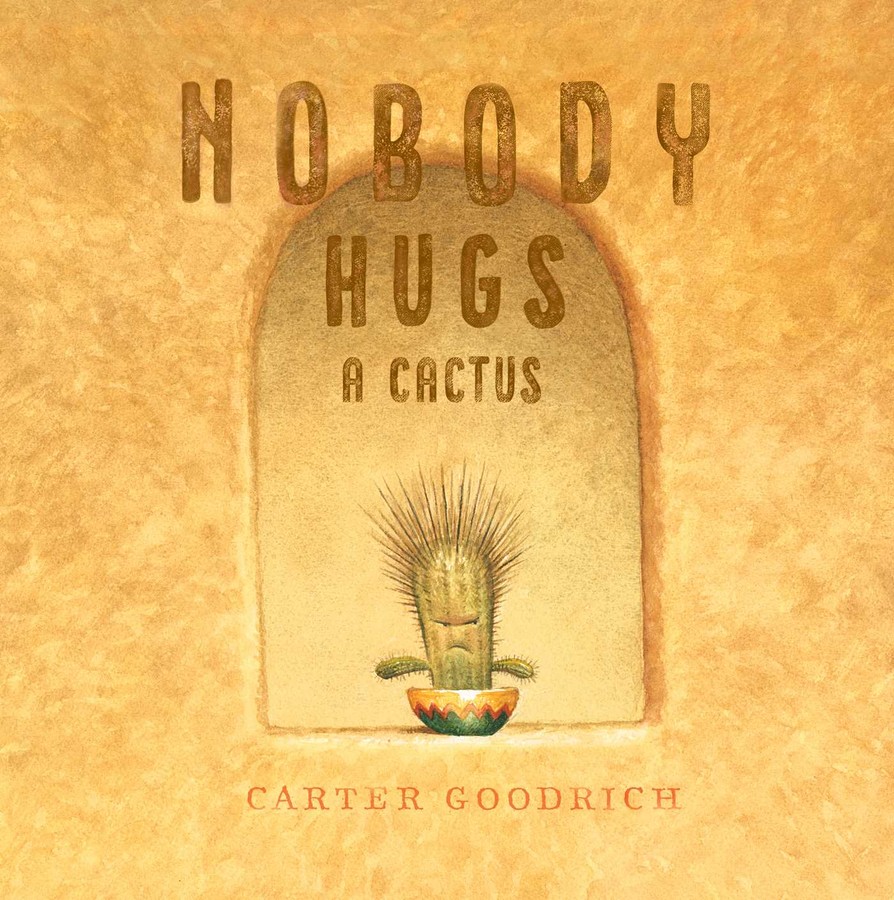
Hank simply hangs out in a pot on his window sill all day. Nothing really happens in front of him, after all it’s the middle of the desert. When something does pass by like a tumbleweed, jackrabbit, tortoise or cowboy he’s more apt to yell at them. At best he’ll raise his cacti voice and tell them that they’re on his property and to get off it ASAP.
That is until a very lanky cowboy walks by and suggests that he needs a hug. “It’s too bad nobody hugs a cactus”, he says as he saunters off into the sunset. For record we say something similar to our 7 year-old when he acts this way, except ours is slightly more condescending. “Is someone feeling grumpy?”, we’ll say when a certain someone needs a nap or is feeling a bit too big for their britches.
After the cowboy leaves Hank’s first comment to a wandering lizard is to immediately proclaim that he does not need a hug. When the second creature, this time an owl swoops by, Hank is slightly more amenable to the fact of hugging someone. After a couple more moments Hank is in full on hug mode, but can’t get anyone to give him the time of day. That is, until a cup gets caught up the in wind, which then gets stuck to his prickly face. He’s unable to remove it due to his dinosaur arms, so Rosie the tumbleweed swipes it off his cactus mug when she passes.
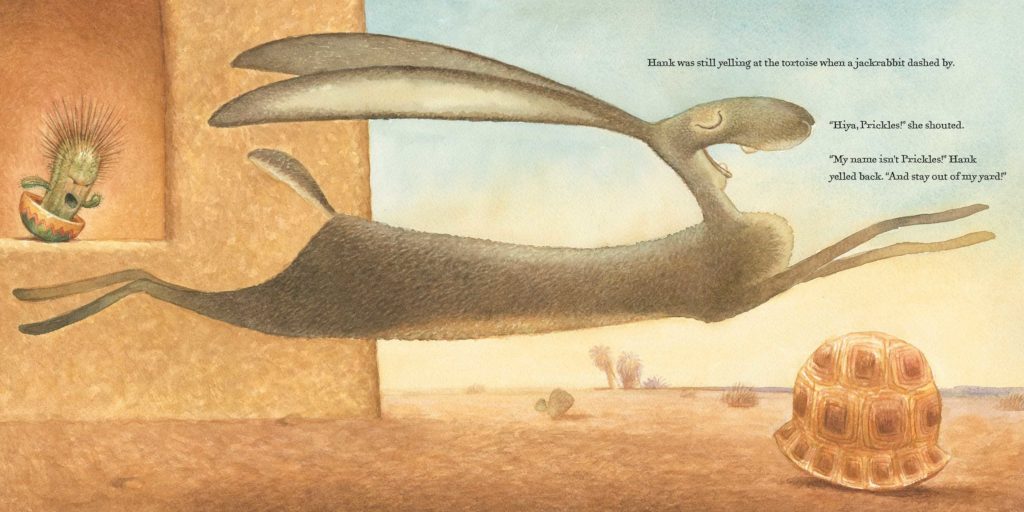
This unleashes a torrent of kindness from Hank. He grows a flower to thank her and waits patiently for her to blow by again. Does our formerly curmudgeon cactus ever get that hug?
Carter Goodrich does the art and story for Nobody Hugs A Cactus. He’s designed characters for Brave, Ratatouille, Despicable Me and many others. Hank is a cactus with personality. Initially all of that is negative and it’s expressed in a variety of tans and browns to perfectly convey the atmosphere of the American southwest.
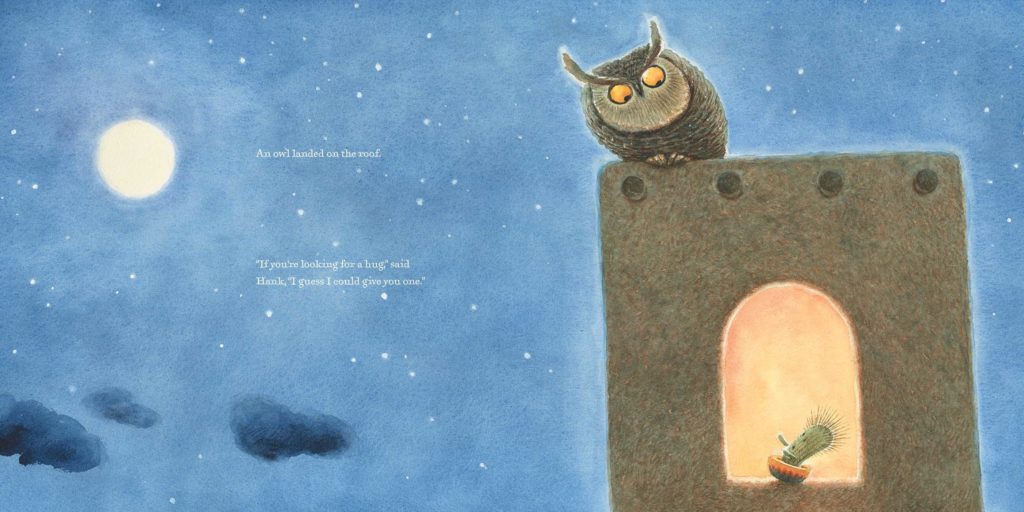
Hank evolves throughout the story. Initially being the grumpy get-off-of-my-lawn plant, to the erstwhile friendly cactus who is in search of a hug. It’s in this friendly period that Hank’s emotions are best displayed. He’s still a relatively tiny cactus, but the minute movements that his face and tiny arms tell speak more than the words on those pages. At times Hank reminds me of teenage Groot and the perfection that both of these characters reflect the age or mood they’re going through.
Nobody Hugs A Cactus isn’t just for children that can be grumpy or crabby, because everyone can be that given the wrong circumstances. This is the go-to book now for our 7 year-old. We read it to him at night and let him handle the sentences that he’s comfortable with.
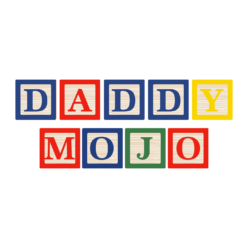
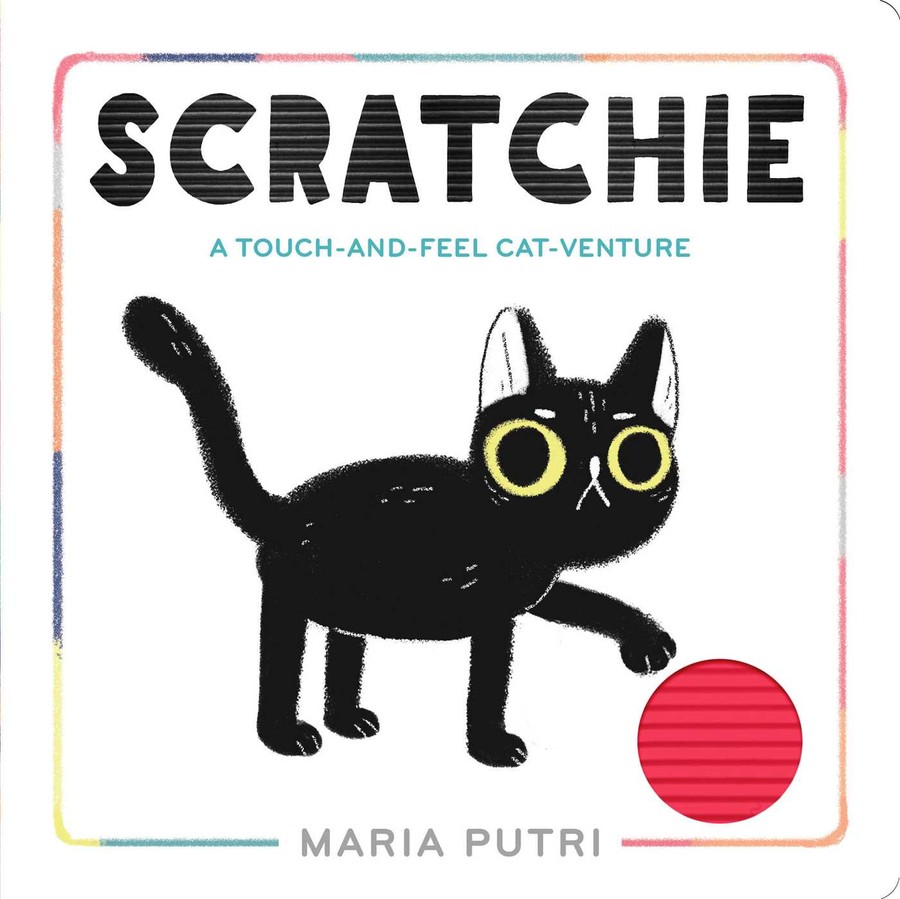
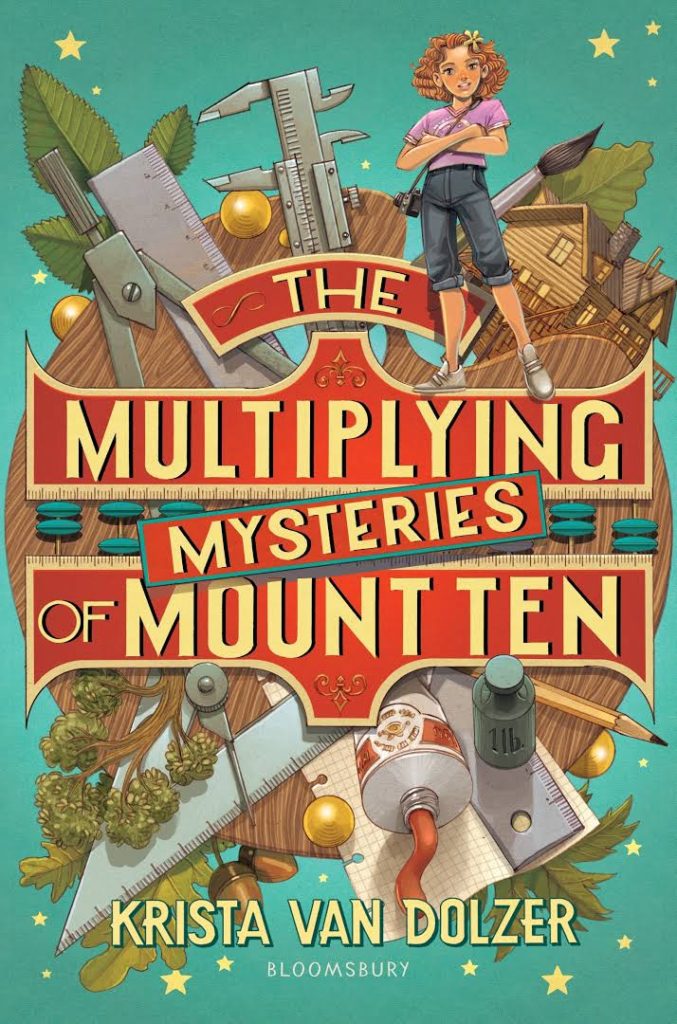
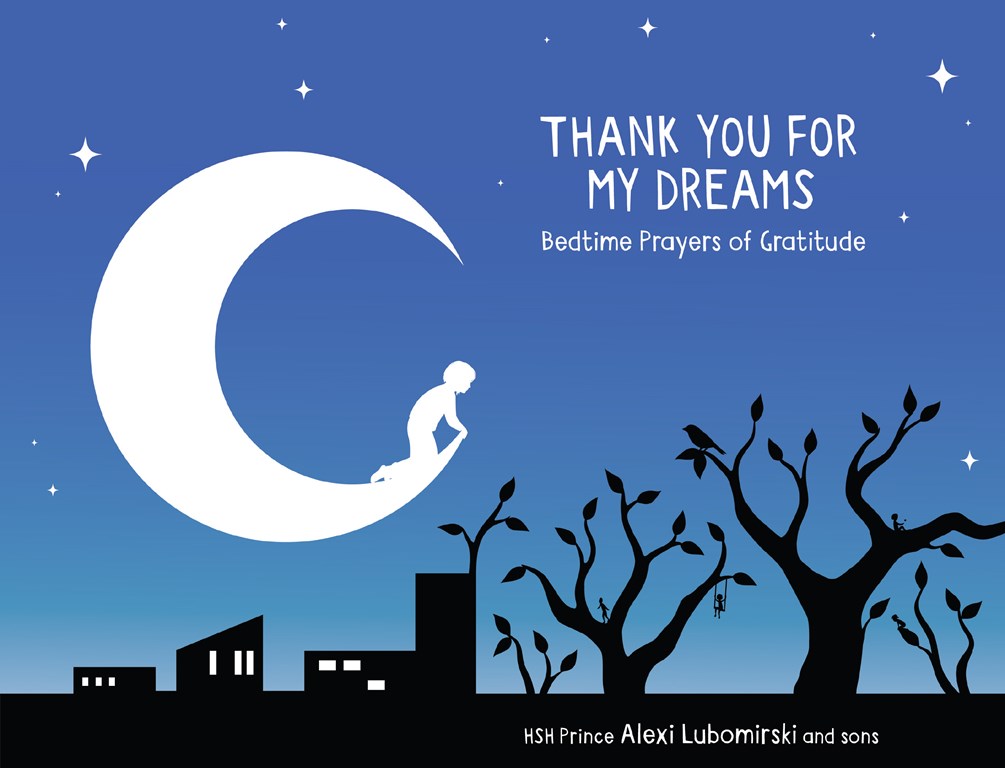
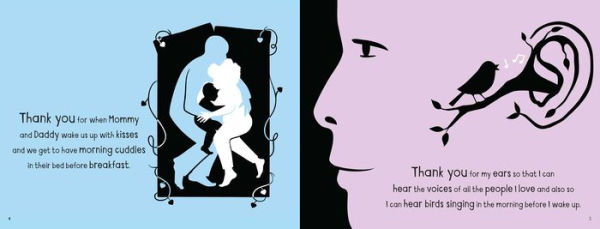

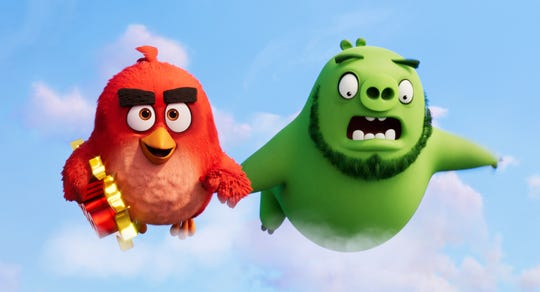
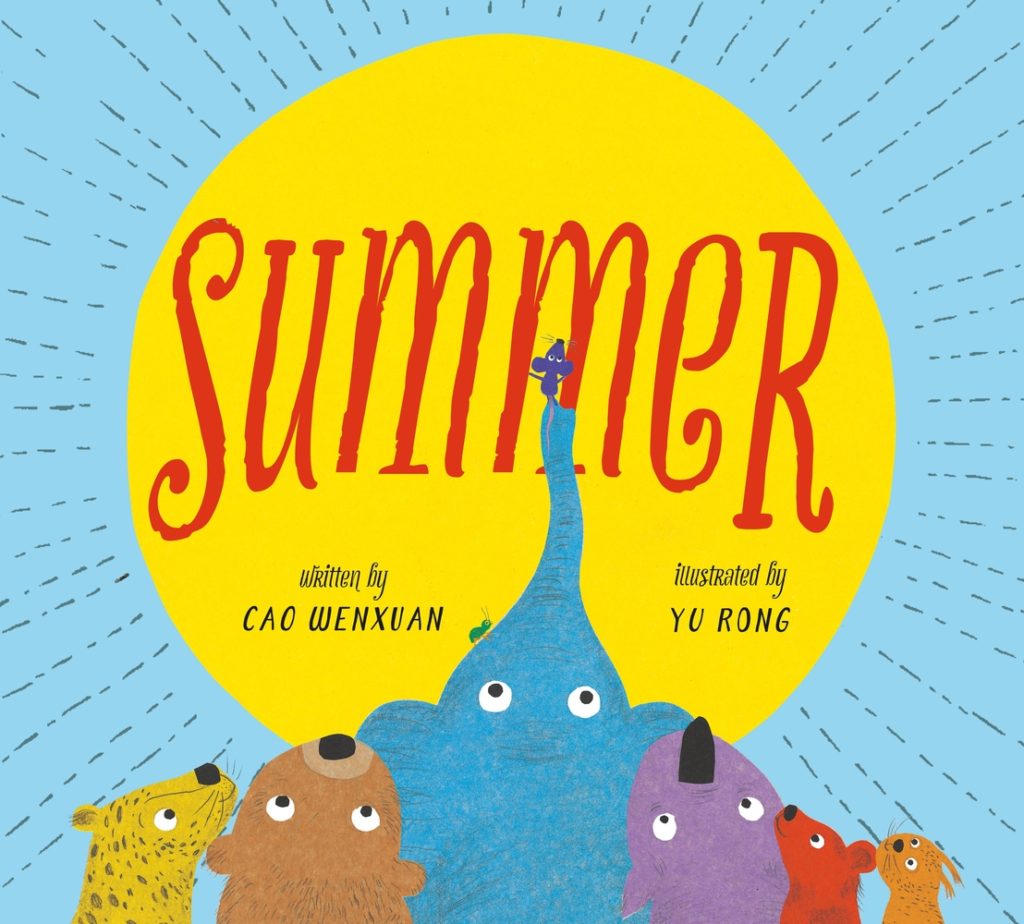
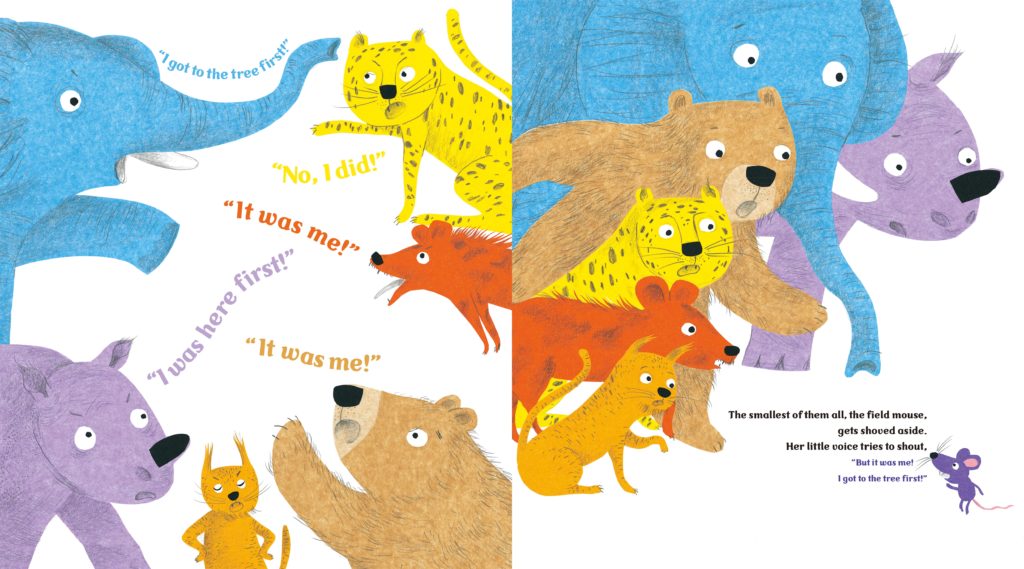
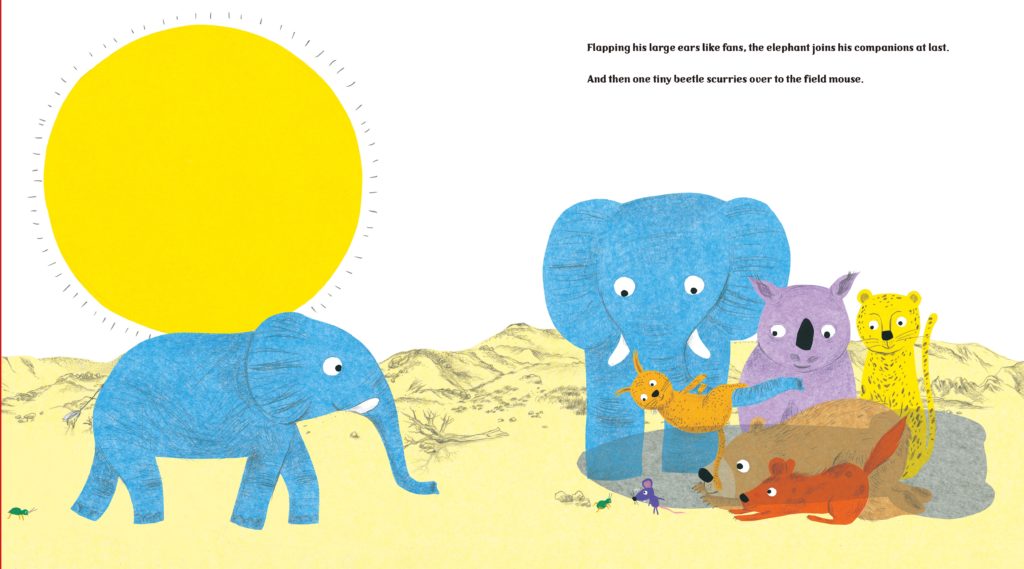
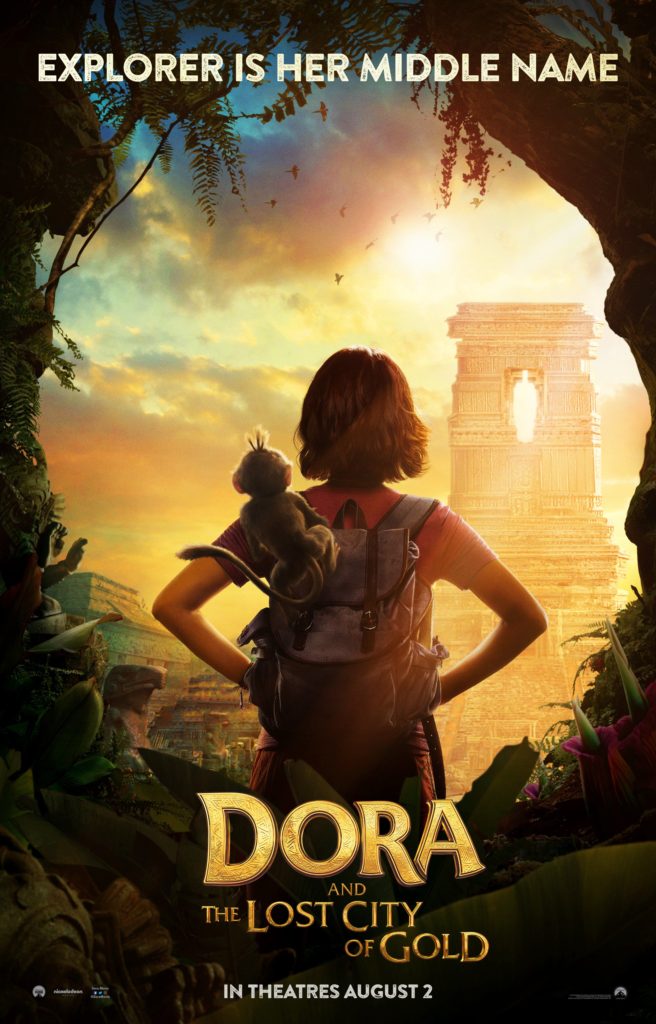
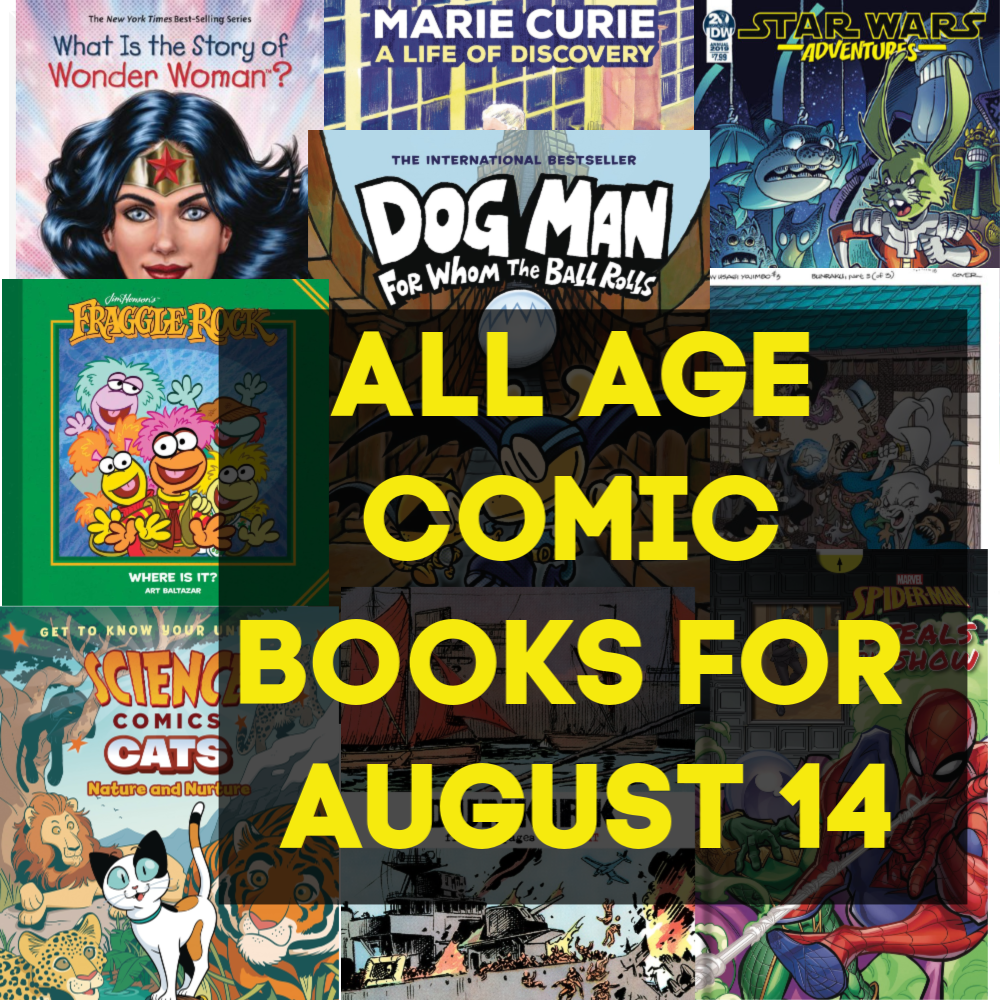
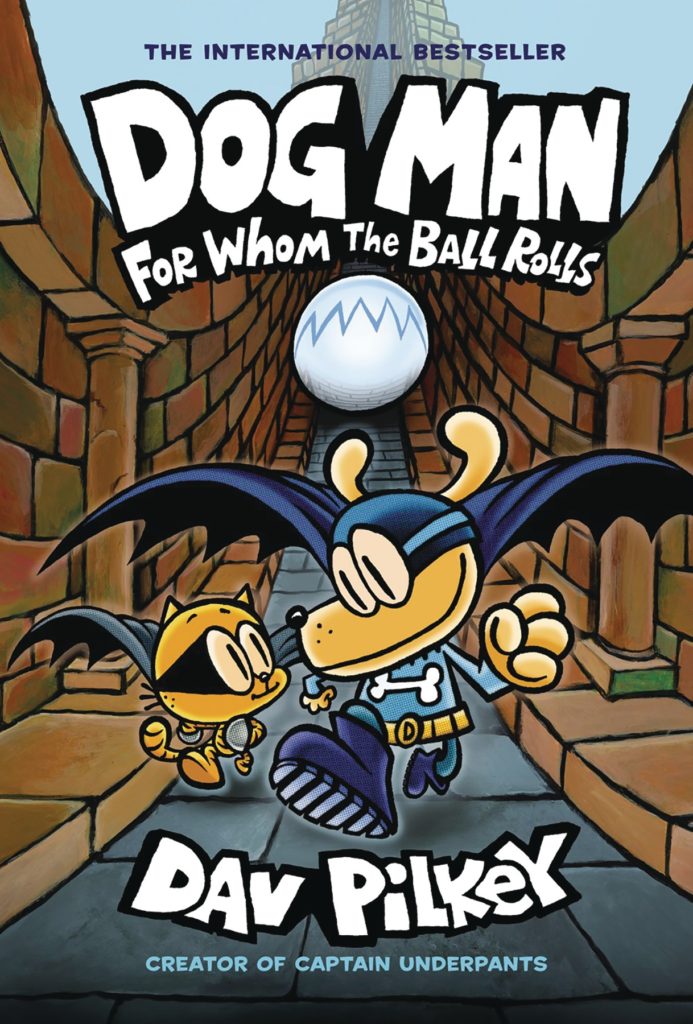
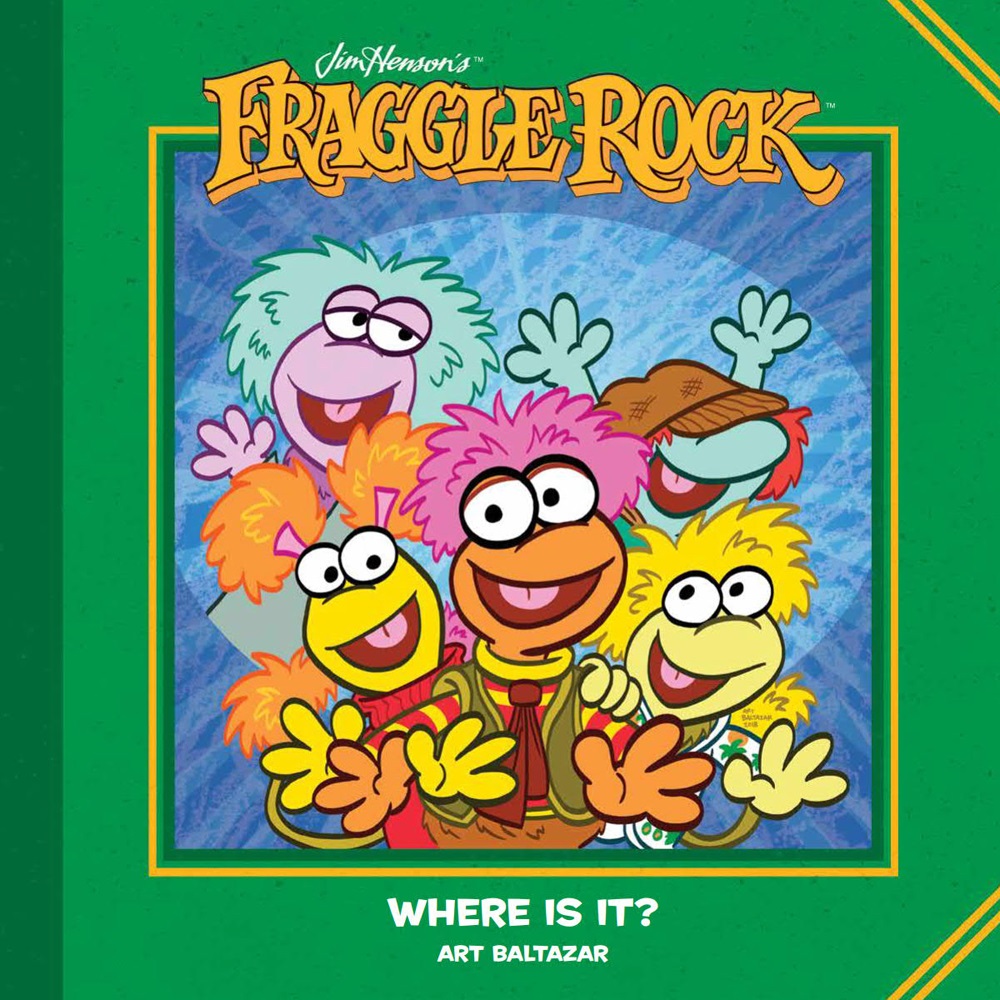
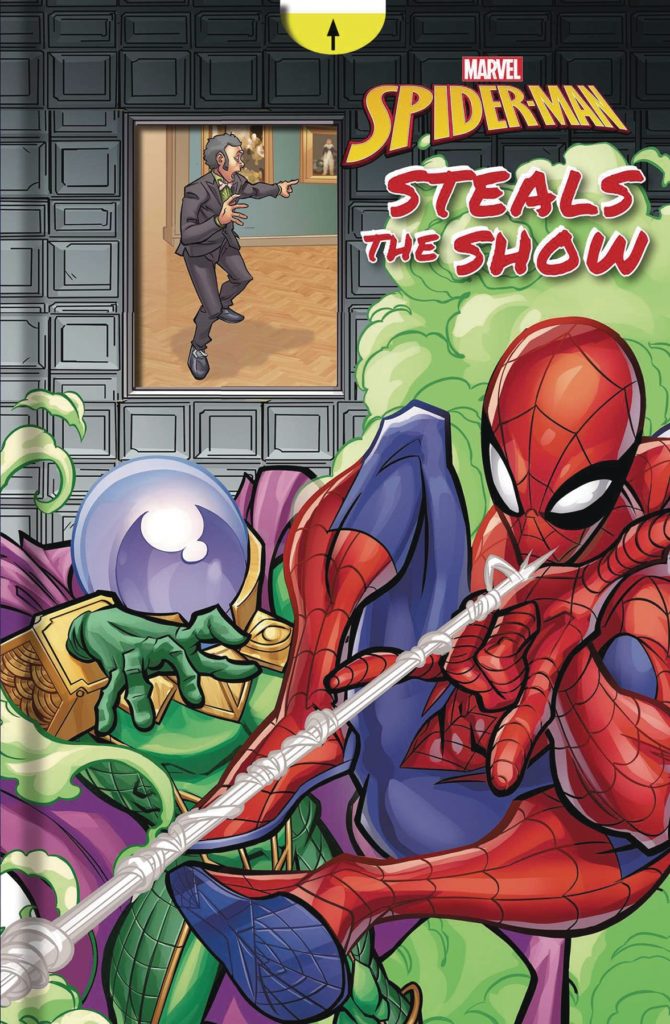
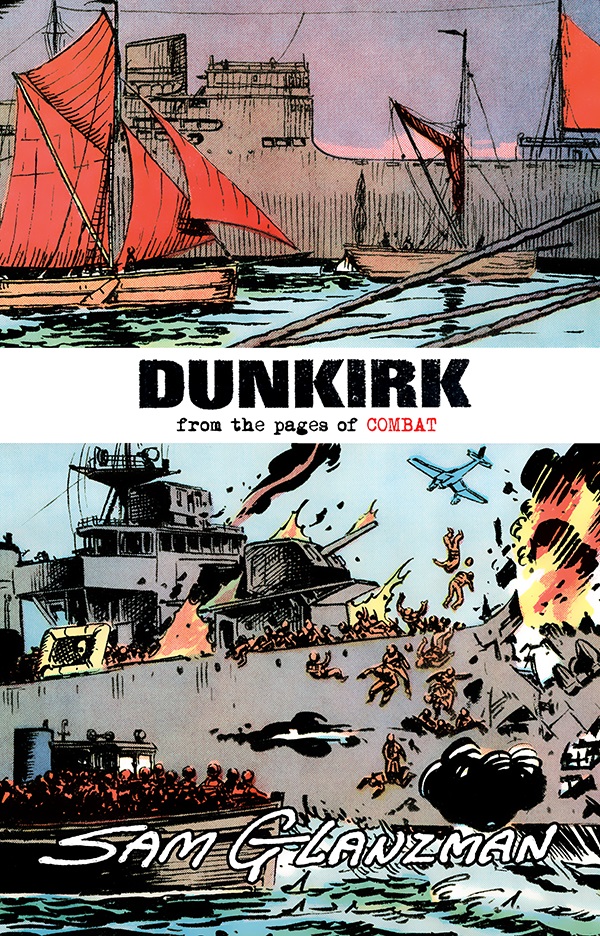
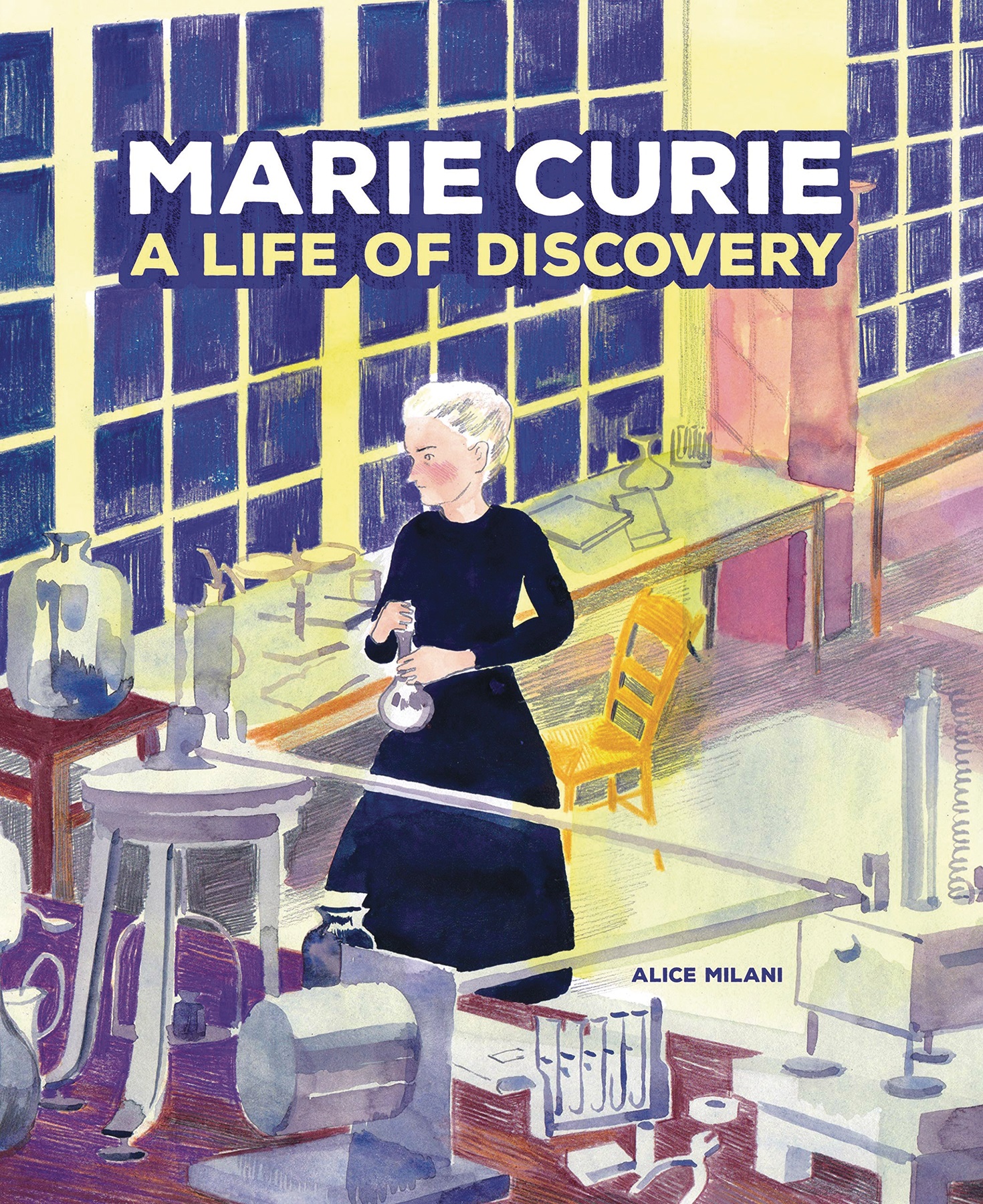
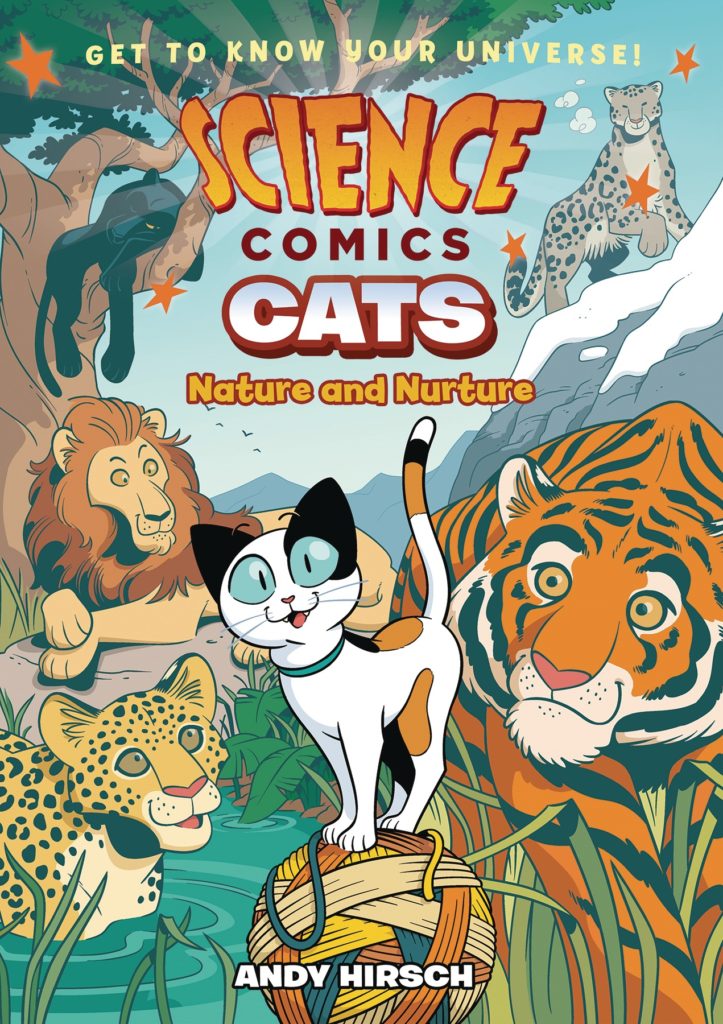


 Facebook
Facebook Twitter
Twitter Flickr
Flickr GooglePlus
GooglePlus Youtube
Youtube